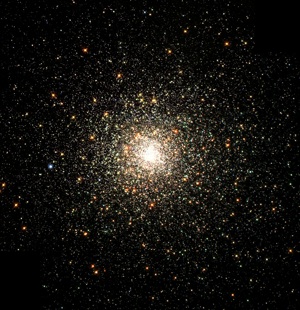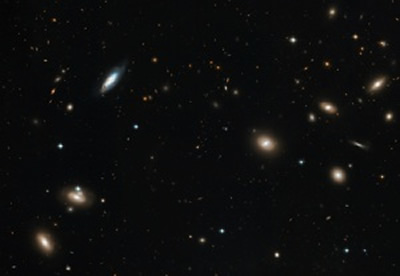|
Planck and Herschel Exclusive Interviews
Bill Reach
Infrared Processing and Analysis Center (IPAC), Caltech
What is your role on Planck?
My group here is doing the data analysis. We’re going to generate the first catalogue of sources found by Planck. That will be the first public data release. It is called the Early Release Compact Source Catalogue. At my lab here at IPAC we did the catalogue for IRAS [InfraRed Astronomical Satellite] and data analysis for many more missions. So with Planck, aside from the cosmic microwave background work, just as an astronomy mission there is quite a bit of value because it will be the first time to survey the sky with better than one degree resolution at the many wavelengths that Planck is operating at. There is some potential for the discovery of new sources. Most of the content of the catalogue will be nearby galaxies, and we already know about them, but the ones that will be relatively distinct, that will be brighter to Planck than average. Those will be blazars at its lowest frequency, and at its highest frequencies which are really into the infrared, there we are going to see cold dust. There the scientific interest is looking for cold patches in the Milky Way and the closest galaxies and looking for places where stars are forming. And then in the middle frequencies there is some emphasis on the Sunyaev–Zel’dovich effect from galaxy clusters. Galaxy clusters are the most massive objects, and the Sunyaev–Zel’dovich effect is a signature they leave on the cosmic microwave background. It’s useful for measuring mass.

Will the objects in the catalogue be followed up by other missions?
The answer is yes, the reason that we are having a rapid release catalogue is in order for the sources to be published in time to be observed with Herschel. Herschel has some overlap with Planck in terms of wavelength.
How many objects will be in the first catalogue?
It will be thousands at the lowest frequency, and tens of thousands at the highest frequencies. Because it will be our first time to see the sky with this kind of sensitivity and resolution, we are trying to be conservative and be prepared for how we are going to break it up, even if the objects that we find aren’t all that interesting, because our angular resolution is still quite poor by astronomical standards, they are still an important resource as we need to be bale to tell what they are so our colleagues don’t misinterpret them as part of the CMB. So even if it is all boring, it is still important!
Images: Top: Globular Cluster NGC 6093; Bottom: the Coma Cluster of Galaxies, examples of sources that may be detected by Planck. Images: NASA/ESA and the Hubble Heritage Team (STScI/AURA).
|



